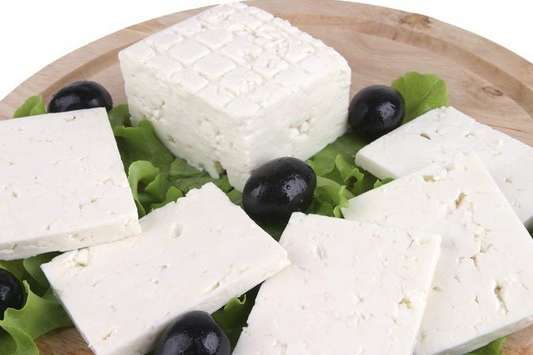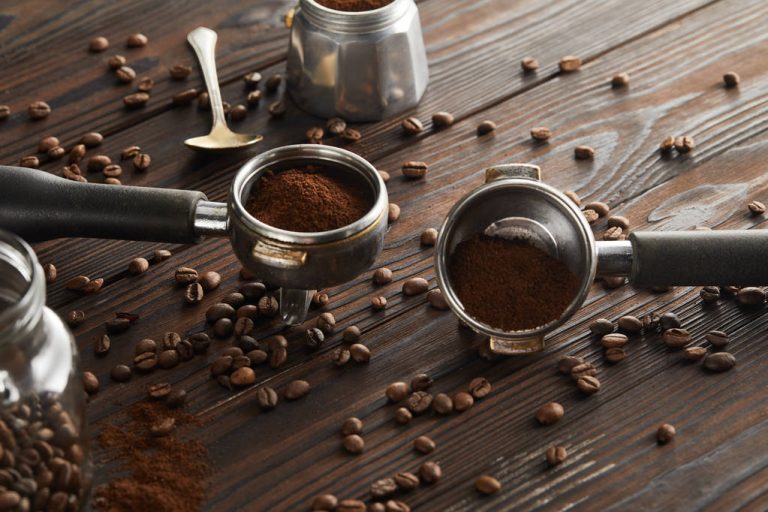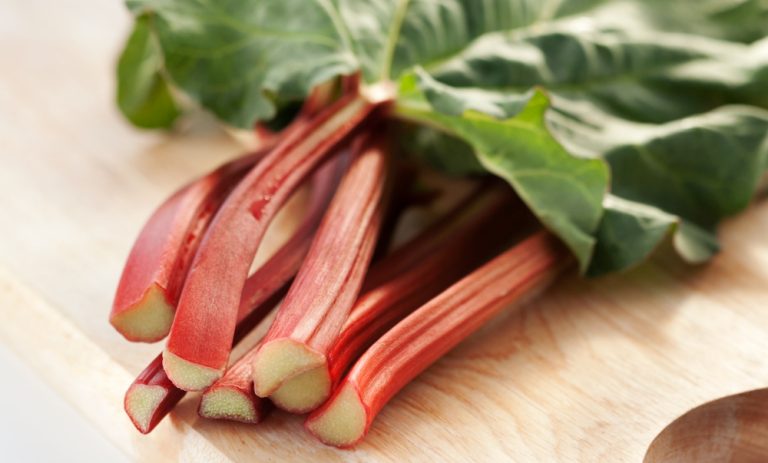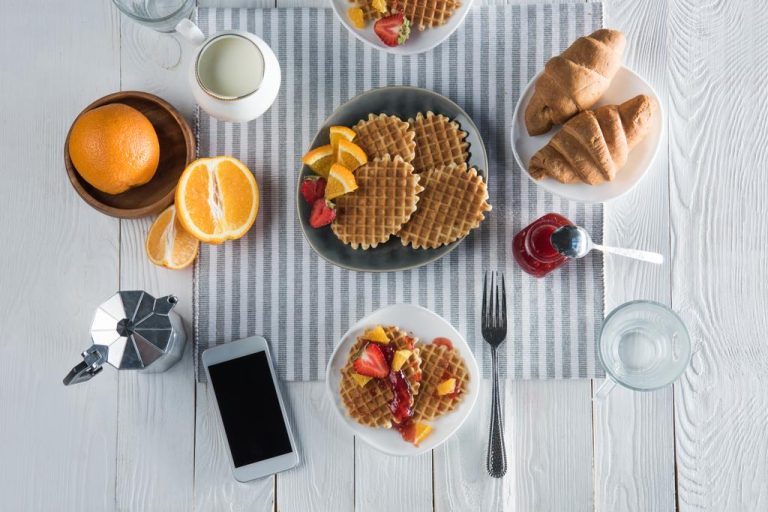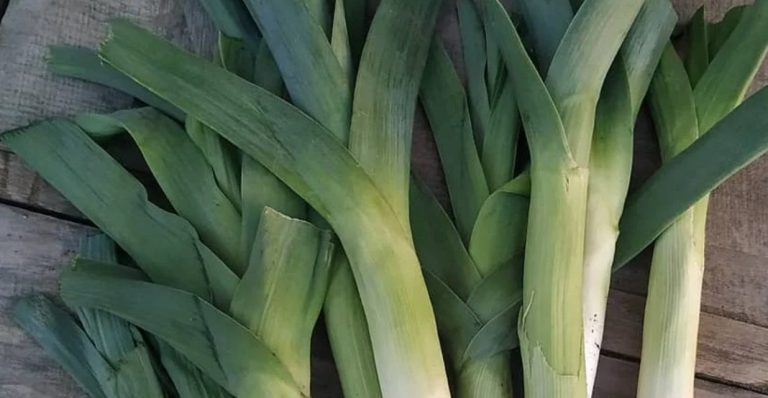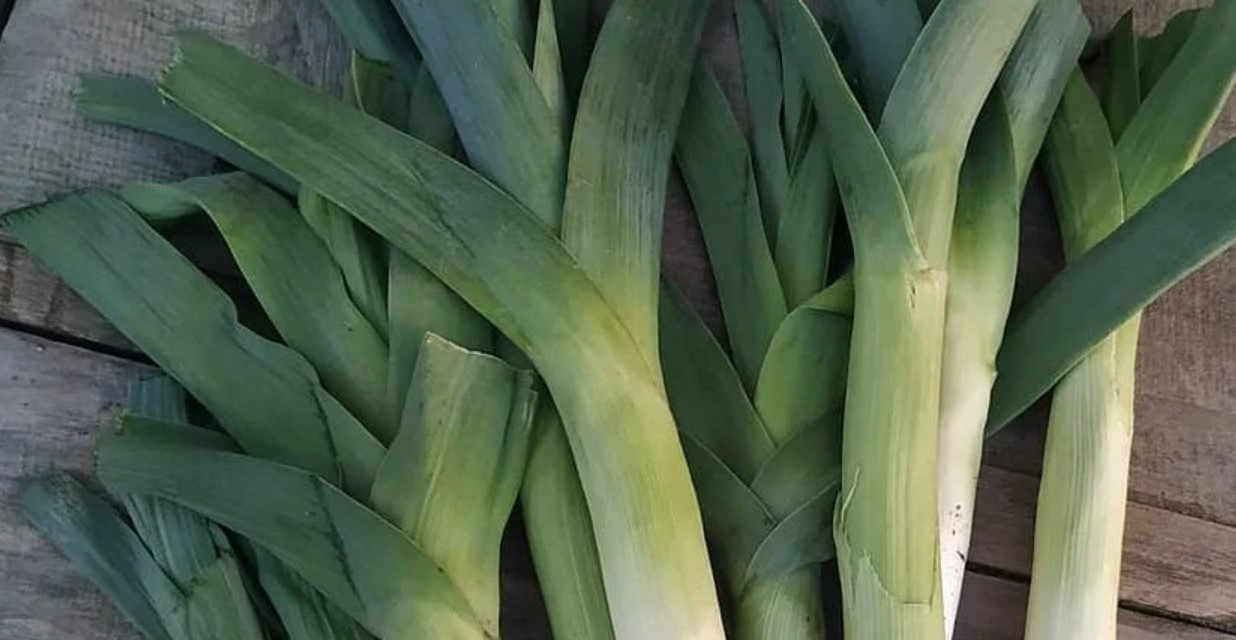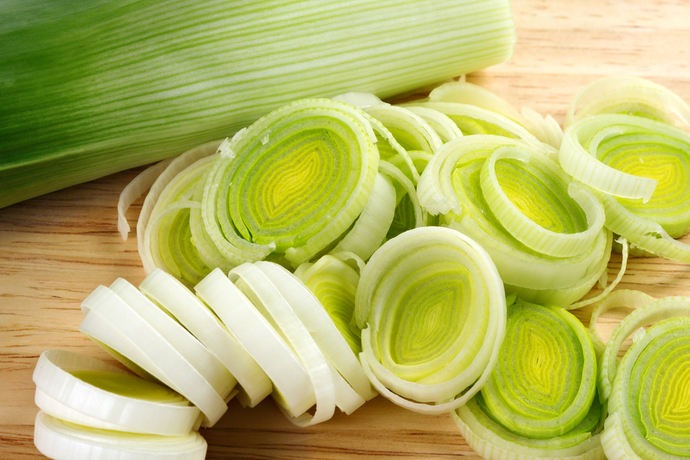Caramel pastries, waffles, homemade cookies, sweets and much more – the selection is enormous. But which coffee side dish is the right one?

The accompaniment to the coffee makes the difference
Our streets and shopping alleys are now littered with a variety of cafes. But which one appeals to people the most and where does it taste best? As a café operator, you shouldn’t just think about the perfect coffee, but also include everything that goes around it. A very special topic here is the accompaniment to the coffee.
An aromatic coffee, which is also served beautifully, can secure some regular customers. However, if you want to be on the safe side with your café, you should also work on your coffee side dishes. Just such little things can significantly influence the taste experience and make the coffee something special. A small biscuit on the side of the saucer, a crunchy croissant or pastry specialties from the region sweeten a visit to the café. A special attention speaks to people directly and creates a homely atmosphere – just like at home. Of course, everyone should decide for themselves which side dish is the right one for their coffee. In general, however, it is advisable to rely on homemade products or to offer specialties. In this way, a café can stand out from its competitors and offer its customers that little something extra. Which coffee drinker wouldn’t be happy about a home-baked cookie or a pastry specialty from the nearby pastry shop?
Finished pastries and sweets for the business environment
Of course, homemade delicacies can impress in terms of quality, taste and individuality. Nevertheless, homemade and fresh pastries also have a number of negative aspects, especially when it comes to use in the business sector. The key keywords here are above all consistent quality, hygiene, shelf life, storage and price.
Depending on the size of the company, countless coffees are prepared for employees, guests and customers every day. Homemade accompaniments to every hot drink are sure to be a pleasant surprise, but they prove to be an extremely expensive investment that is difficult to plan for the business operator. It is not uncommon for homemade products to be used up on the same day, otherwise they lose quality or even their shelf life. If less coffee is drunk than planned on a day, the surplus of elaborately made homemade coffee unfortunately has to be disposed of. This means not only a high cost factor, but also unnecessary food waste.
As beautiful and tasty as homemade pastries may appear, they quickly lose quality, do not always meet all the necessary hygiene standards, can only be stored for a short time due to their short shelf life and are often more expensive than ready-made pastries. This certainly doesn’t bother baking cookies and preparing homemade cakes in the kitchen at home, but in the business area every step must be monitored and quality checked for the customer.
Ready-made pastries from well-known manufacturers offer many advantages in the business sector. It has a high and consistent quality and meets all hygiene standards. Many ready-made products can also compete with home-made products when it comes to taste. During production, care is taken to ensure that the pastries go perfectly with the coffee. Business operators in particular enjoy the individually wrapped pastries and inexpensive sweets. Whether biscuits, chocolates or other delicacies – ready-made baked goods can definitely hold their own against homemade ones. This applies to quality as well as taste.
The pastry also has a much longer shelf life than homemade delicacies, can be served to the customer in hygienic individual packaging and can be stored for weeks without losing quality. On top of that, the finished pastries are usually cheaper than homemade ones, which is clearly reflected in the purchase price, especially for larger quantities. In the business environment, the finished baked goods are convincing across the board. Employees, customers and guests also enjoy the little delicacies, as they always inspire with their diversity, excellent taste and optimally emphasize the enjoyment of coffee, tea and co.
A large selection of coffee side dishes
The selection of coffee side dishes is almost endless. Companies and cafés around the world compete for every customer and come up with new ideas every day on how they can stand out from the competition. Individuality and unusual campaigns are always worthwhile here. Get a head start by opting for special coffee side dishes. You should choose a delicious specialty for each hot drink. It is also worthwhile to refresh the assortment again and again. Every coffee lover will appreciate such attention.


